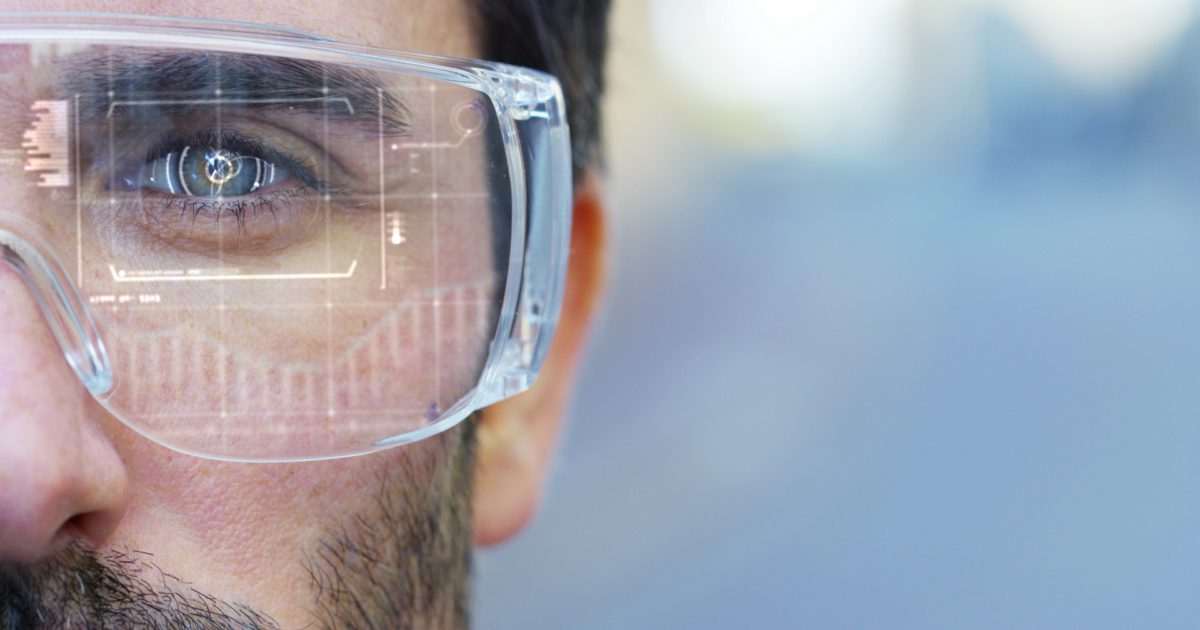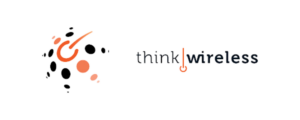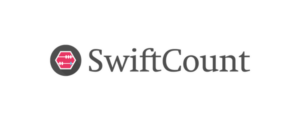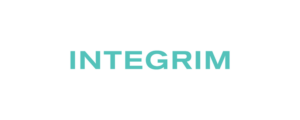Augmented reality (AR) is radically changing the nature of training within the field service industry. Service technicians can now rehearse basic skills and repairs in simulated hazardous conditions without being endangered so that they are better prepared for live operation. Despite these technological advances, current training platforms need more data to mirror a wider range of real-world scenarios, prioritize updates to training workflows and diagnose the technician’s performance holistically. By integrating a work order management software (WOMS) with AR training platforms, the training experience can be enhanced and a deeper understanding of performance can be assessed.
1. Live Training
Most traditional training programs are sandboxed environments that lead trainees through scenarios with predefined problems and solutions. Unfortunately, this paradigm belies the complexity that is often required during actual maintenance. For instance, in diagnosing elaborate equipment like the engine of a backhoe loader, there are many factors to consider before you can pinpoint the core issue. Type of operation, weather conditions, and usage history are variables that can affect what troubleshooting steps should be taken and what field service might be required.
Currently, a WOMS can collect this information by connecting to sensors and other IoT devices. From the sensor readings, the WOMS can identify anomalies from harsh usage, poor weather conditions, and extended operation and display relevant information on the AR interface. The WOMS is often able to scan a bar/QR code asset tag, determine the specific unit configuration and tailor the guided instructions accordingly. This can provide a dynamic on-the-job training experience that minimizes the risk from unknown variables in the field as well as from junior technicians who may have little experience outside of contained training modules.
2. Training Priority And Updates
Technicians often face new software and hardware updates for the equipment they are diagnosing. As a result, they need to constantly stay up to speed on the latest iterations of the equipment. The steps required to replace a component one year could be obsolete the following year. Updates to training modules may be delayed, and this could impact the customer experience of the service team. Besides, internal process changes can also hold up critical and time sensitive training required for technicians to be current and effective.
A WOMS can help prioritize AR training modules that require prompt updates and keep technicians informed about when to renew their training. There is an enormous database of information available to technicians in the WOMS. To make sense of this data, applying analysis tools that use AI or machine learning may allow for the detection of historical utilization trends along with common failure points. Service issues which are low probability but high consequence, time-sensitive or critical for the integrity of the system can be prioritized for training updates and help the company define team training schedules. Moreover, if the asset has an above normal utilization, regular service will be required sooner and more frequently. The WOMS could trigger updates to the training modules for the asset as well as inform the technician to review the updates. Simultaneously, the WOMS can notify the technician to renew their certifications if needed or even suspend their return to the field until the new training is complete. This ensures technicians are up to speed on the most relevant training and also helps the service company develop a comprehensive training curriculum.
3. Deeper Performance Analysis
Current field service training programs provide surface insight into the technician’s efficacy during isolated training sessions. However, these sessions mainly highlight basic and repetitive tasks. Performance data is limited to demonstration cases which can skew expectations without gauging the skills applied during actual work.
Integrating the AR training platform with a WOMS allows the possibility of a bi-directional data engine that processes performance data in controlled training sessions as well as in live situations. Not only can the AR platform guide and improve training intelligence, the data gathered during actual field work could be used to optimize the learning process itself. As an example, the WOMS can aggregate time spent on each step of the work order in the field and correlate this information with training results. This allows a better discussion with management about how time is spent, what can be more effective in optimizing training exercises and whether new scenarios need to be arranged in the demo environment to further mimic reality.
Final Thoughts
It is more important than ever to have training programs that can keep pace with the rapidly changing environment, products, and training technology. Integrating the AR training platform with a WOMS will provide a higher level of assurance that relevant data is being captured and used to tailor more realistic training to technicians. There are still some questions about the implementation of this technology. Will technological developments in mobile devices and headgear-based lenses alter the ways we think about AR and WOMS integration? How do we organize and process information that is clear and simple enough for technicians to make choices and execute? Will there be standards across AR devices to help developers integrate with WOMS and vice versa? Time will tell. For now, a combination of a WOMS and AR will constitute a potent training application that will empower the next wave of field service technicians.
Originally Published via Forbes Technology Council on February 23rd, 2018




